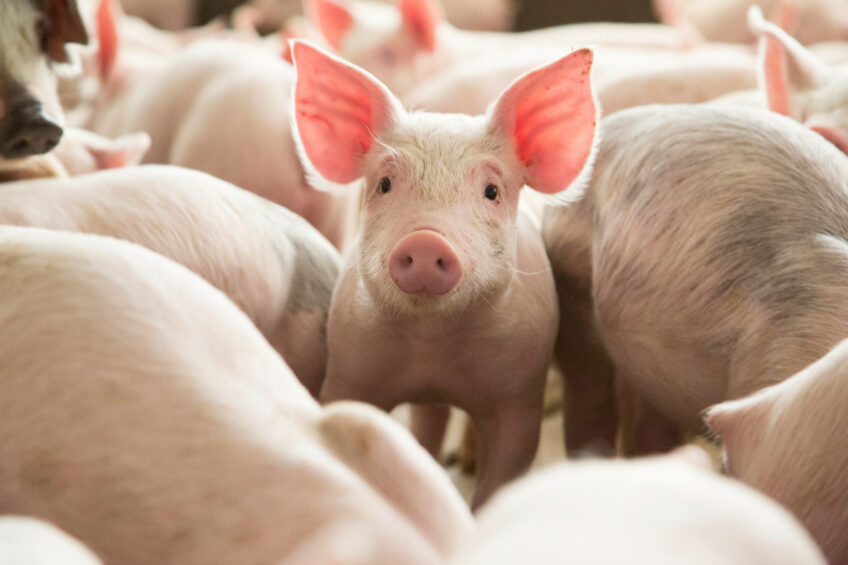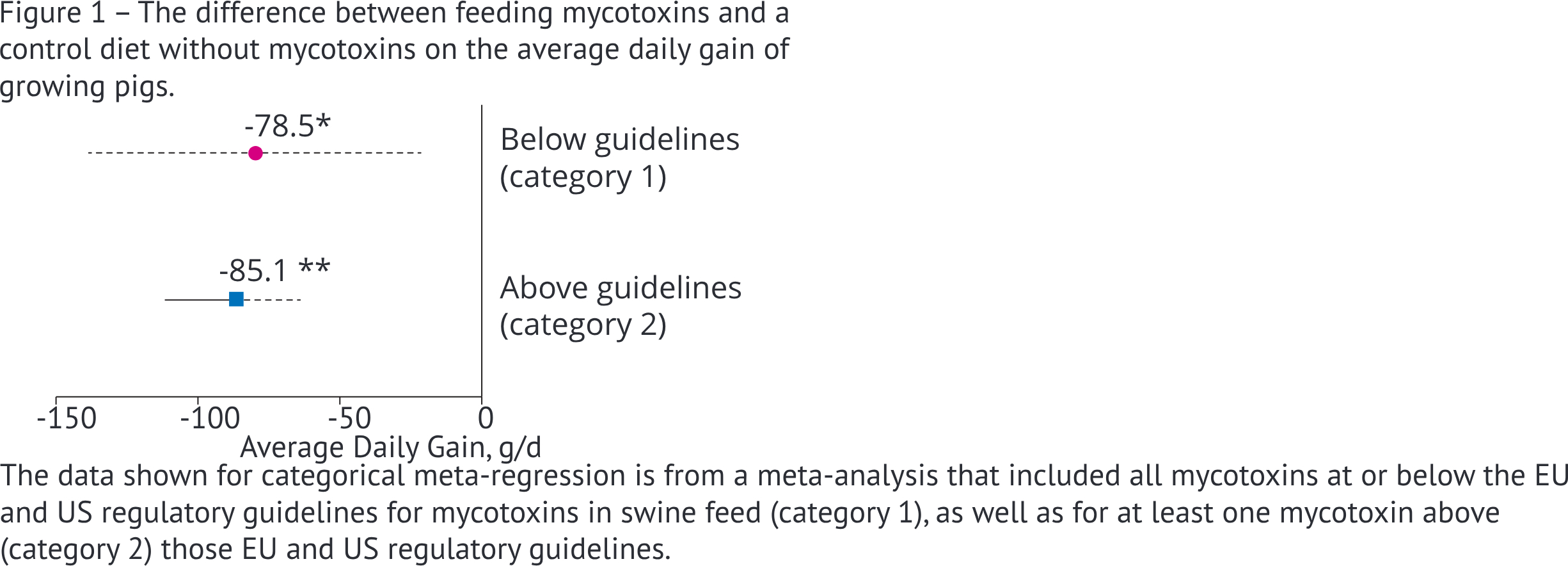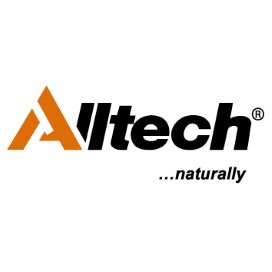Mycotoxins: Insights from a meta-analysis

Mycotoxins are common contaminants in swine feeds worldwide. The consumption of mycotoxins by pigs can result in a number of effects. Higher concentrations of mycotoxins are expected to negatively impact the health and/or performance of pigs, and a growing body of literature is showing that lower or chronic levels of mycotoxins can also have a negative effect.
Mycotoxins are common, both at lower levels and in combinations. Recent analyses of global swine feed* showed that not only were mycotoxins present in over 99% of samples, but 98.7% of those samples contained 2 or more mycotoxins, with an average of 7.7 mycotoxins per sample. Those data also showed that lower levels of mycotoxins are common. For instance, although 86% of samples contained deoxynivalenol (DON), it was present in concentrations beneath the EU regulatory guidelines for pigs (of 900 ppb) in 90% of those samples.
Mycotoxin management
Mycotoxins can challenge swine performance and profitability. To minimise the risk of mycotoxins, producers must be proactive and take steps to better understand and control their mycotoxin risk. A proper mycotoxin management programme should include:
- Testing (to determine the current mycotoxin risk);
- Risk assessment (to better understand the mycotoxin challenge level and the potential outcome of mycotoxin consumption);
- Mitigation (to reduce the challenge to the animal); and
- Monitoring (to continue assessing the mycotoxin challenge over time)
When it comes to mitigation, one of the best ways to protect the animal is through the use of certain feed additives that can directly reduce the impact of mycotoxins within the animal. Among the solutions, yeast cell wall extract, which is rich in complex insoluble carbohydrates, has been shown to interact with several mycotoxins in vitro, ex vivo and in vivo.
Understanding mycotoxin challenges
Numerous papers have shown the benefits of using yeast cell wall extract – but conducting a meta-analysis can be more advantageous, as this statistical method allows for the integration and quantification of data to obtain an overall conclusion across a collection of scientific work.
In this most recent publication, data were collected from 23 studies carried out over 20 years (2002–2022) and from 10 different countries. The reported mycotoxins present in these trials included aflatoxins, ochratoxin A, DON, T-2 toxin, fumonisins, zearalenone and fusaric acid. The impact of mycotoxins on the performance of swine that were either not supplemented or that were supplemented with yeast cell wall extract were assessed through changes to their average daily gains (ADG), average daily feed intakes (ADFI) and gain-to-feed ratio (G:F).
To learn more about those data, a meta-regression analysis was conducted to understand the differences in responses in relation to the mycotoxin concentration. Research trials were divided into categories, where all mycotoxins were present at concentrations either at or below the EU and US regulatory guidelines (category 1) or where at least one mycotoxin was present at concentrations above regulatory guidelines (category 2). Three findings jumped out.
 Lower-level mycotoxin concentrations impact pig performance
Lower-level mycotoxin concentrations impact pig performance
Mycotoxin contamination at levels that fall below the government guidelines is common. The results of the meta-regression analysis showed that even when all mycotoxin levels fell below the EU/US regulatory guidelines, pigs fed mycotoxins had significantly lower ADG (-79 g; Figure 1, p<0.001) compared to pigs fed with minimal or no mycotoxin challenge. That reduction in weight gain could influence the pigs’ final market weight, thereby requiring producers to sell pigs at a reduced weight or to continue feeding these animals for additional days, either of which could alter the farm’s profitability.
 Yeast cell wall extract counteracts lower-level mycotoxin challenges
Yeast cell wall extract counteracts lower-level mycotoxin challenges
To counteract the effects of mycotoxins, yeast cell wall extract can be included in the ration. The yeast cell wall extract used in this research (Mycosorb, Alltech) contains β-D-glucans in the yeast cell wall, which helps maintain adsorption during pH changes in the intestinal tract. Once bound to the yeast cell wall extract, mycotoxins may be less likely to negatively affect the animal’s intestinal, immune and internal organ systems. This could result in improved pig performance and health.
Collectively, when pigs consumed yeast cell wall extract during lower-level mycotoxin challenges, the results showed that their ADG significantly increased (Figure 2, p<0.001), by 48 grams over the ADG of pigs fed mycotoxins alone. Furthermore, this increase in ADG was significantly similar to the gains experienced by the control-fed pigs.

 Higher-level mycotoxin challenges impact pig performance
Higher-level mycotoxin challenges impact pig performance
When at least 1 mycotoxin was present at levels above the guideline limits, the loss in pig ADG increased to 85 g (Figure 1, p<0.001) along with a significant reduction in ADFI (of 166 g) in contrast to the control-fed pigs. In this category, the mycotoxin content ranged from just above the guideline limits to levels well in excess of those limits, allowing for the conclusion that the effects of mycotoxins on pigs could potentially be much greater than the average reported above.

At these higher mycotoxin levels, management of the negative effects of mycotoxins on pigs may be more challenging, but it is still possible. Based on the results of the meta-regression, when yeast cell wall extract was included in the ration, the pigs displayed a numerical increase in their ADG of 7 g (Figure 2), as well as a tendency (p=0.06) towards an increase in ADFI (+25 g).
How can this research help?
From this recently published meta-analysis, it is clear that mycotoxin consumption by pigs, even at levels below the regulatory guidelines, could lead to negative outcomes. As many feed samples tested for mycotoxins contain levels below the guideline limits, it is important to realise that pig growth and health can still be impacted, even at these so-called safer levels.
While mycotoxins do present a challenge, there are methods and solutions available to counteract their negative impact. The use of yeast cell wall extract during mycotoxin challenges was shown to enhance the ADG of growing pigs. Based on those improvements in ADG alone, that could equate to a 4:1 return on investment associated with the use of yeast cell wall extract. That does not account for any of the other potential benefits of yeast cell wall extract for pigs exposed to mycotoxin challenges, such as improvements in their intestinal or immune health. Also of note is that offering yeast cell wall extract not only improved the ADG of pigs consuming mycotoxins but brought those gains back to the levels displayed by pigs that did not consume mycotoxins.
* This research was conducted by the Alltech 37+ analytical laboratory.
References available on request.











